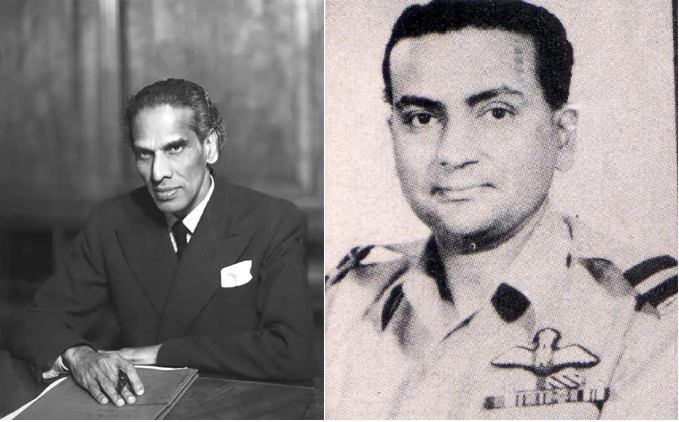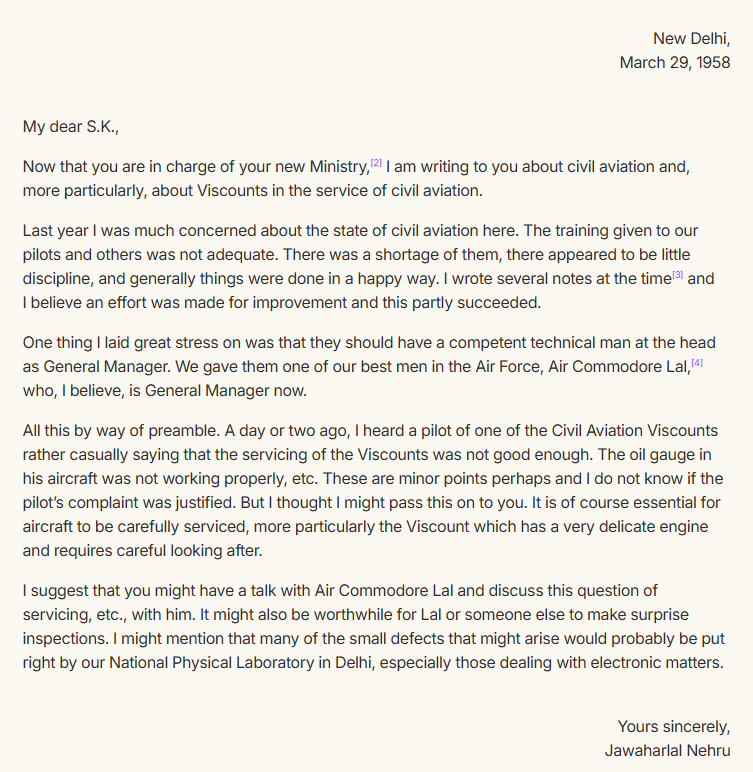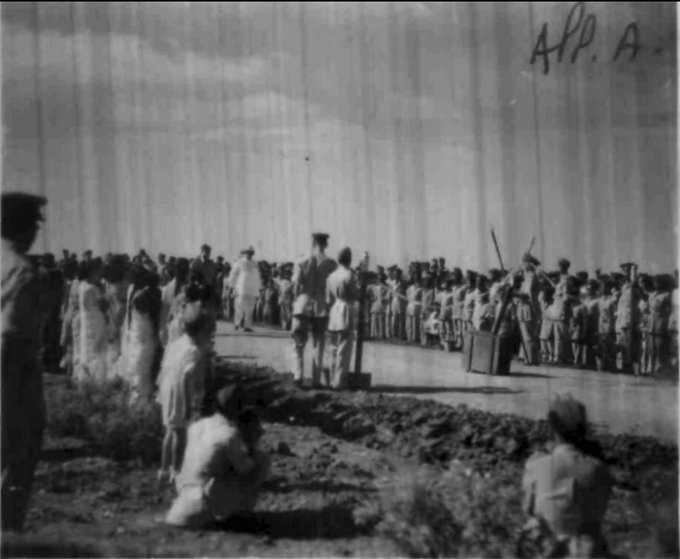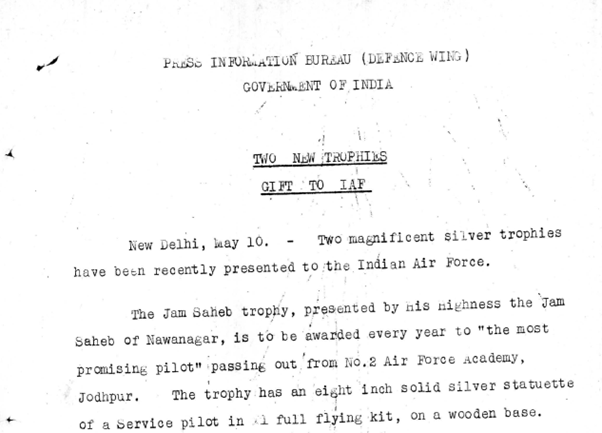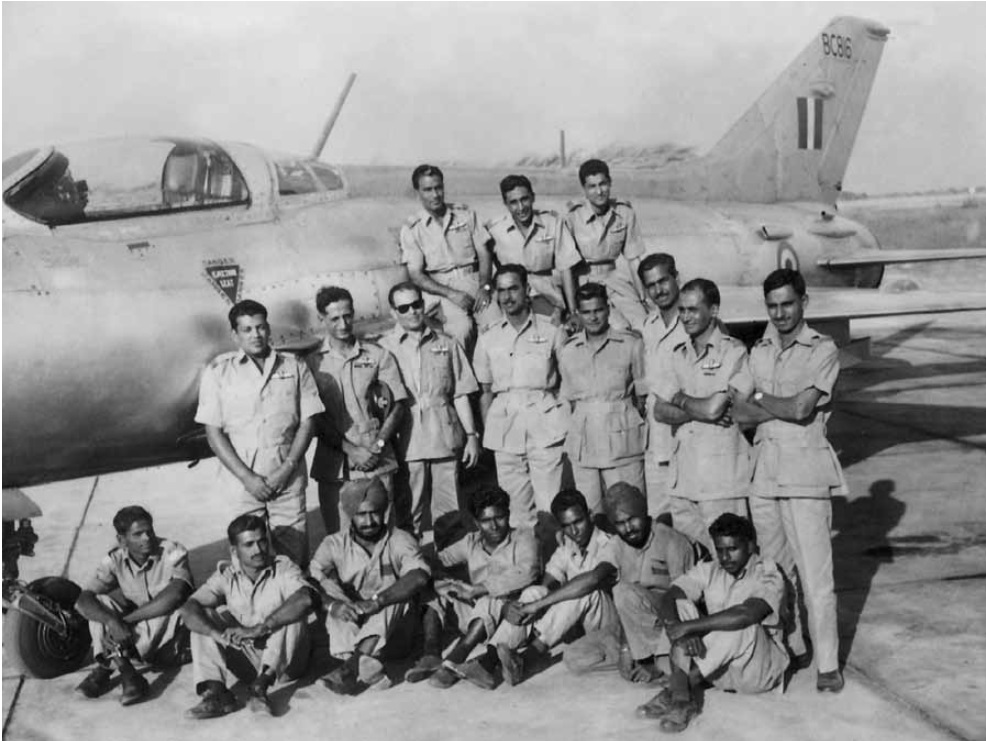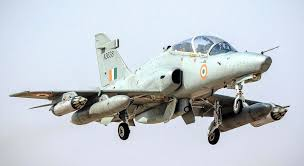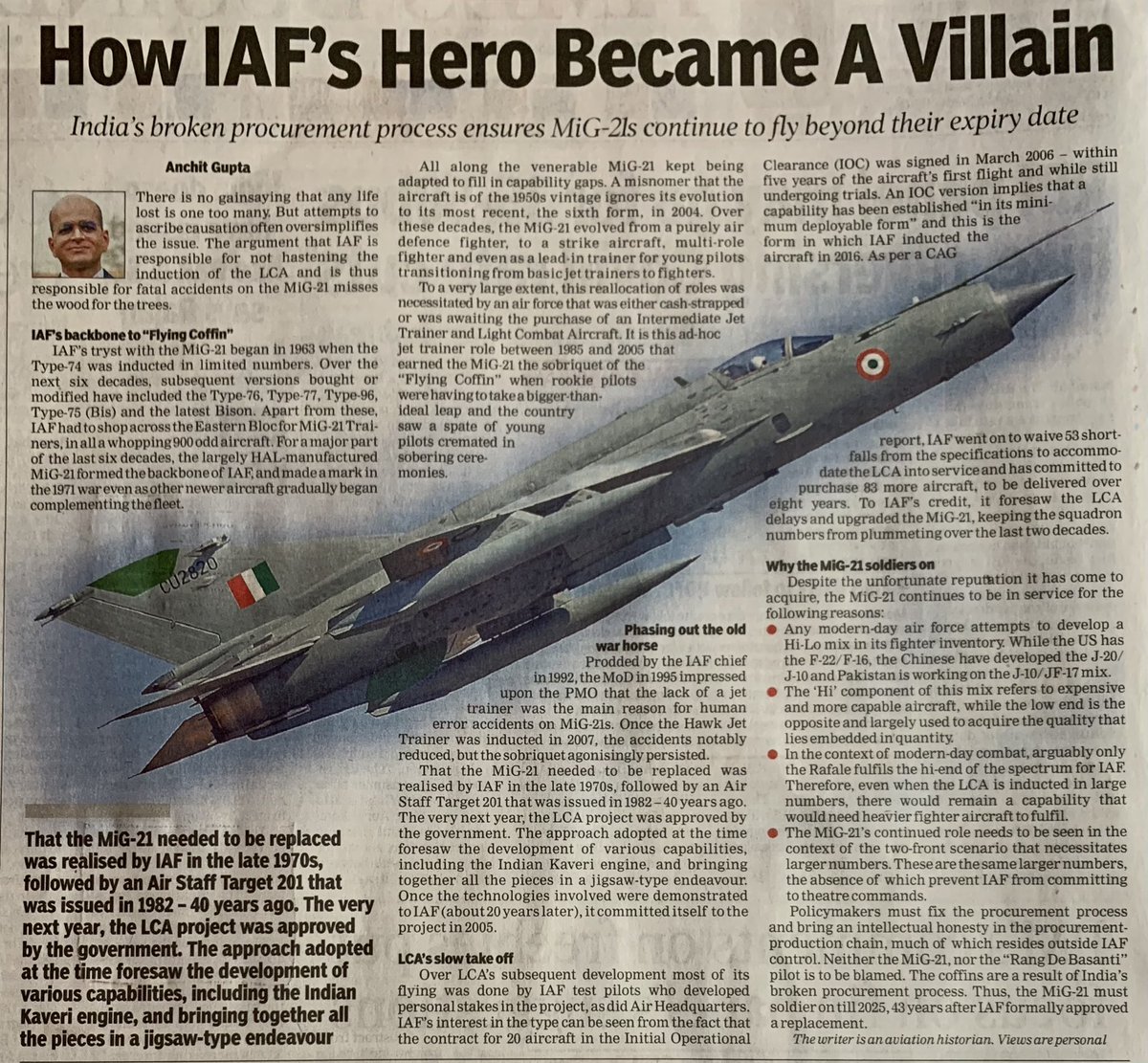This thread seeks to give a historical perspective to cadre management by taking a peek into some critical periods in the evolution of the @IAF_MCC officer cadre. It throws up some real-life fascinating insights that planners might want to consider. #IAFHistory (1/17) 

Between 1932 and 1939, IAF had 20 officers commissioned - all having been trained at Cranwell. With an aspiration to expand the IAF, the IAF Volunteer Reserve was announced – a kind of an Emergency Commission without any institutional commitment of service length. 2/ 

With WWII in full swing, the British Indian Govt increased the IAF’s intake to a record 680 officers in 1943, equal to the size of all the officers already in the IAF at that time-thereby doubling the IAF’s Nos. This bulge was necessitated by the mil requirement of the times. 3/ 

Opportunity starved Indian youth lapped up the jobs as they sought employment in the IAF, despite the very high risk to life and the limited life expectancy thereof. All of them joined under the Emergency commission scheme, without assured long term prospects. 4/ 

Once the War was over, a massive demobilization was ordered. This was a financially-driven requirement. Consequently, in the period 1946-48, over 400officers were discharged - mostly in their 20s or early 30s. The total No shed was approx 20% of the IAF strength at that time. 5/ 

The institutional & human impact of such a demob was immense & in some cases, unfortunate, a case in point being Flying Officer Howe, who was demobbed in 1947 & left without any job. His story of later earning a DFC flying for the RAAF is here -tinyurl.com/4mfevtes 6/ 

Paradoxically, the IAF found itself demobbing & recruiting at the same time. With partition imminent, the need for trained manpower had re-emerged. What was still not on offer – was a sufficient No of Permanent commissions. 7/ 

Consequently, the intake did not improve - only 44 officers signed up in 1947 & another 90 in 1948. The Govt came up with an “Extended Service Commission” to those already on “Emergency Commission” to overcome the crisis. Still no comt was made to having longer serving offrs. 8/ 

It was only in 1949 that IAF again offered Permanent Commission to aspiring officers. Across the 1950s, an avg 225 offrs joined per yr, while the bleed rate was approx 75- finally achieving some stability after the devastating demob of the late 40s. 9/ 

However, the intake was still kept depressed. For ideological & financial reasons, the newly indep India chose to keep the size of its Armed Forces limited. It had hoped that diplomatic measures would be deterrent enough. The 1962 war was a rude awakening. 10/ 

The aftermath of the war enforced a drastic increase in Nos of the IAF. From the earlier annual avg of 250, IAF commissioned ~800 offrs/yr in the pd 1963-67. This intake is referred to as “the bulge”. Being a reflex action, it had a long-term effect on the morale of the IAF. 11/
The IAF felt the high cost of trg necessitated the continuation of Permanent Commissions. This would haunt them in later years. To train so many, IAF opened up new academies, marshalled civil aviation resources. Standards were also reportedly compromised. 12/
The newly commissioned officers faced much hardship – Infrastructure had not kept pace and was woefully short. Young officers often did not get adequate fg due to shortage of aircraft - a very demoralizing impact. 13/ 

This problem would continue to plague the IAF for 25 yrs. In the mid-70s, it led to promotion bottle-necks, further demoralising the force. A revised “deep selection” policy was adopted to allow younger promising offrs to be promoted – arguably at the cost of some sr offrs. 14/ 

But the most devastating effect was seen only in the mid-1980s, when the bulk of the offrs from the bulge retd in their mid-40s as Wing Commanders. The quantum of such discharges, coupled with the ltd civ avtn in India meant they struggled with re-employment. 15/ 

National imperatives may change, 1940s&60s may not be the same as 2020s, but lessons from history remain the same – tinkering with military recruitment has lasting irreversible impact. Fg offr Howes & the suddenly unemployed Wg Cdrs of bulge should never face hardship again. 16/
This is not a political thread, nor does it seek to judge decision makers, then & now. It merely seeks to place facts as they were because numbers never lie. 17/
• • •
Missing some Tweet in this thread? You can try to
force a refresh


